The Old World is New Again
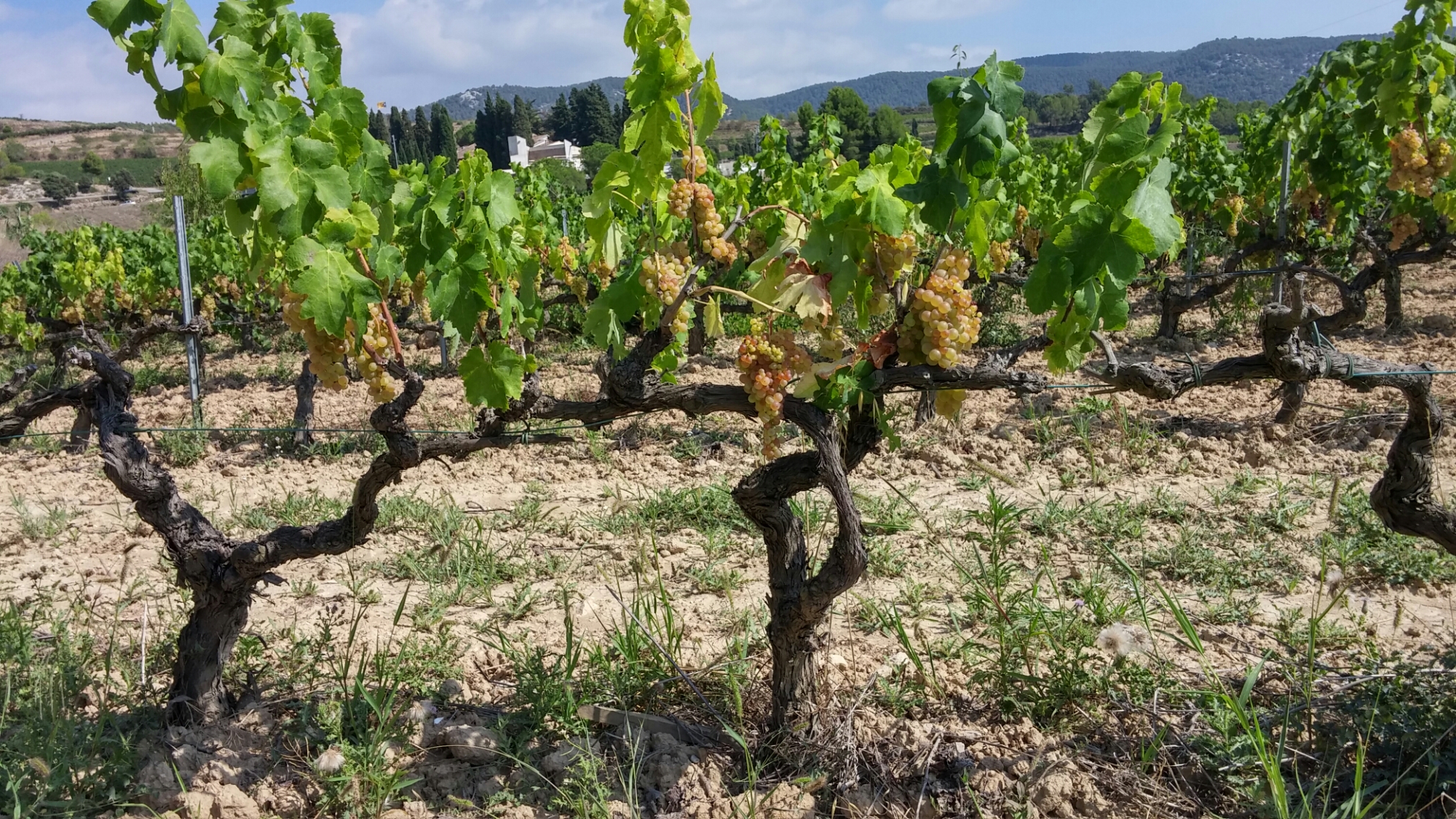
I have long been a wine lover. However, most of my experience has been local to my home state of California. Up until recently my understanding of wine regions has been old world (Europe) vs. new world (everywhere else). Their comparison being old traditions vs. new experimentation. I’ve always taken pride in the fact that I live somewhere in the latter category. California is indeed a land of wine and viticulture experimentation. However, now that I am in the wine business and study it more globally, I as well as my colleagues are finding this old vs. new comparison no longer applies. The combination of global markets, better educated enologists and viticulturists, changing climate, the internet, as well as other factors are forcing innovation on a global scale that defies traditional thought.
My current trip to Spain confirms this. Penedès has always been associated with Cava. Cava, in turn, has always been labeled as an affordable alternative to Champagne. This what they teach us in class and is confirmed in most wine shops worldwide. However, as I mentioned in my earlier post during my visit to Albet I Noya when one actually visits these places they will see a very different world. The fact is, there is a lot of hard work being done by wine innovators across the globe that unfortunately largely goes unseen. Why? I suspect it has a lot to do with our ridiculous systems of trade, importation and distribution, as well as our own personal biases… but that’s for another post.
My adventures today just confirm the groundswell of innovation happening here in Spain.
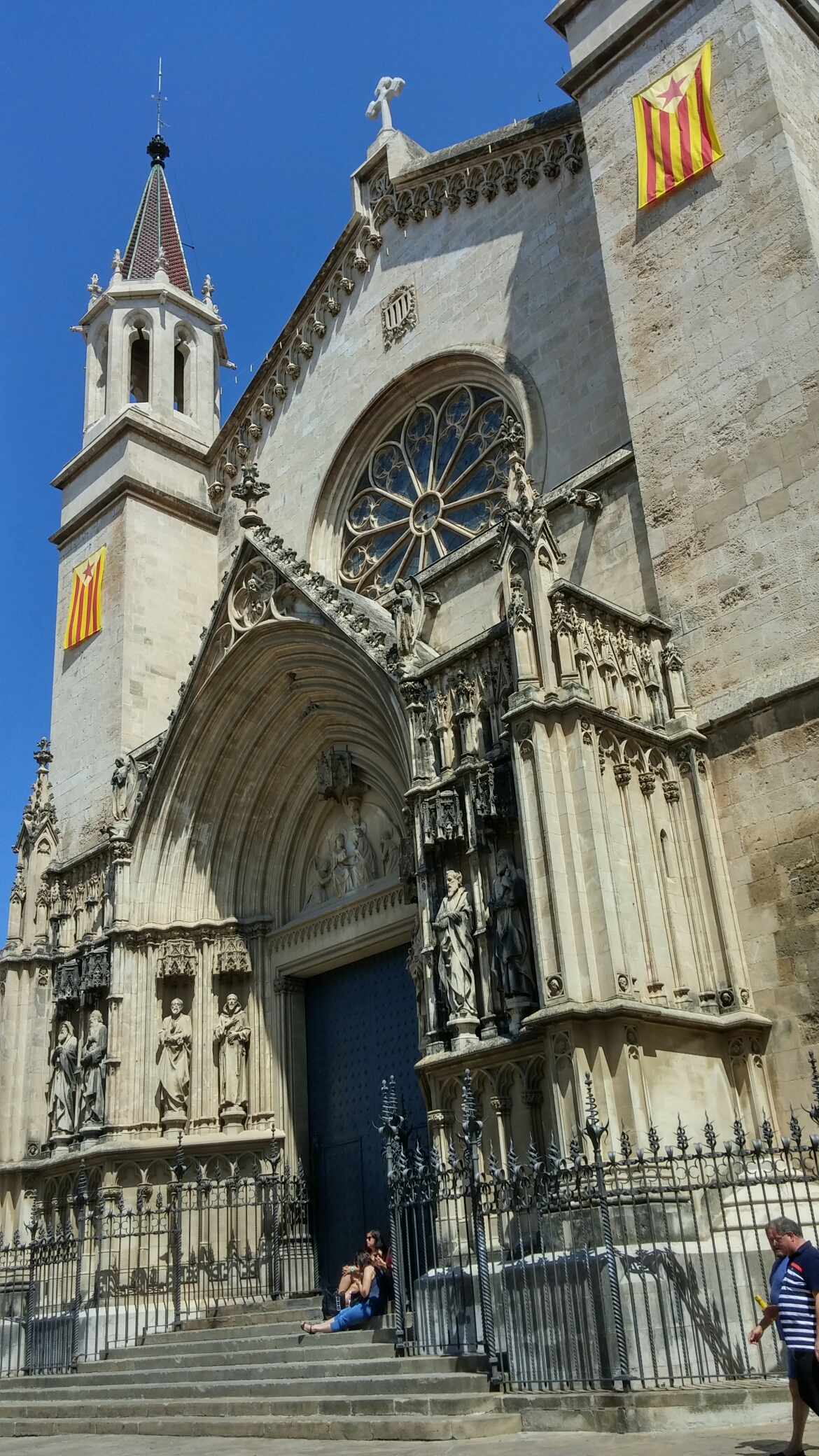
I spent the day in Vila Franca. I lovely village in the heart of Penedès that was celebrating its Catalonian Fiesta when we arrived. While nearby Sant Sadurni d’Anoia is the home of Cava, Vila Franca boasts a new Penedès wine museum called the “Vinseum” which is immediately adjacent to its famous Basilica Santa Maria. When visiting Penedès wine country I highly recommend you make this your first stop…yes it includes wine tasting. More importantly, it has an exhaustive amount of local wine making, viticulture, history, and business information and artifacts presented in a modern multimedia format. An educational primer that will get you started and is well worth the 7€.
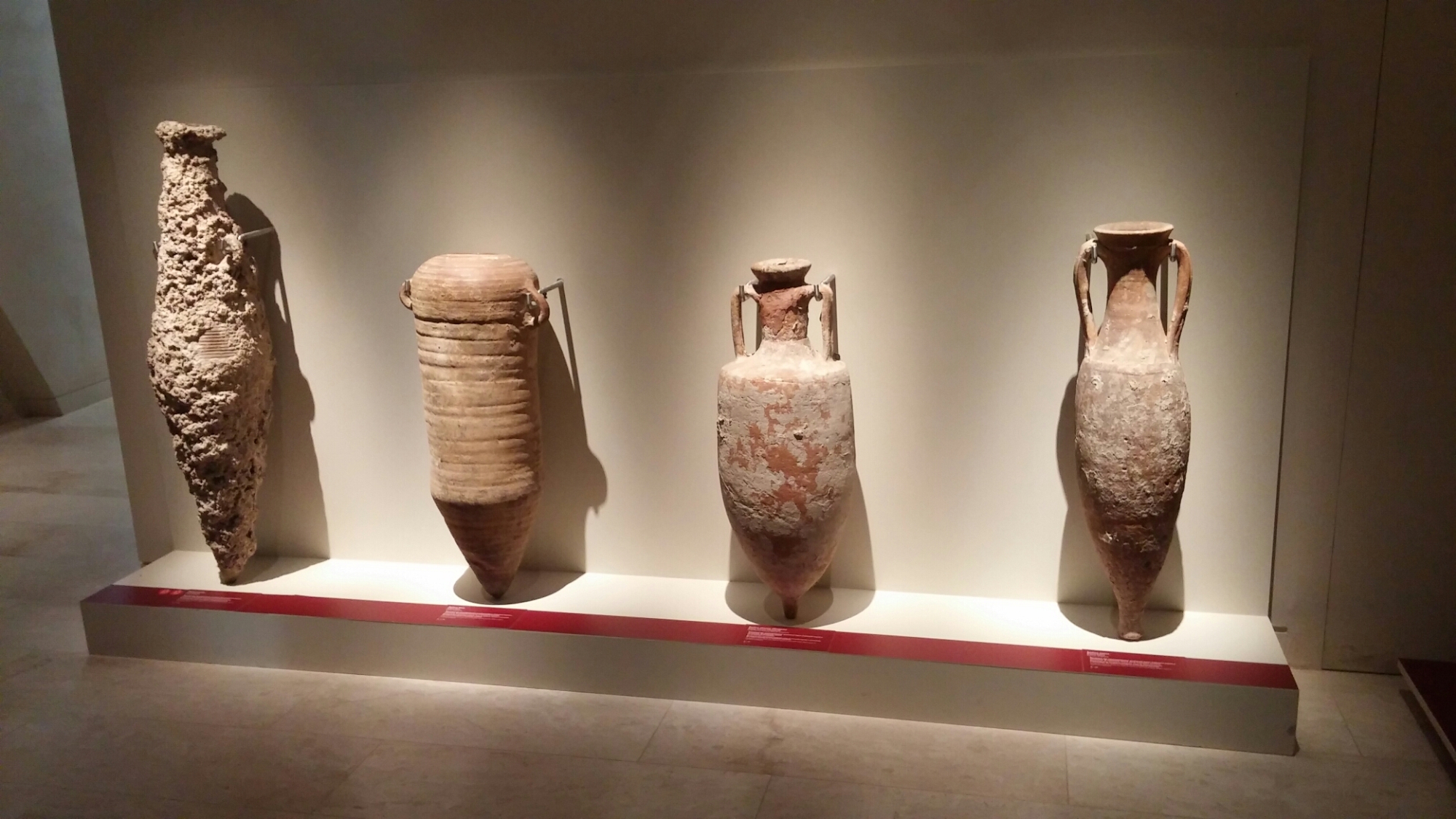
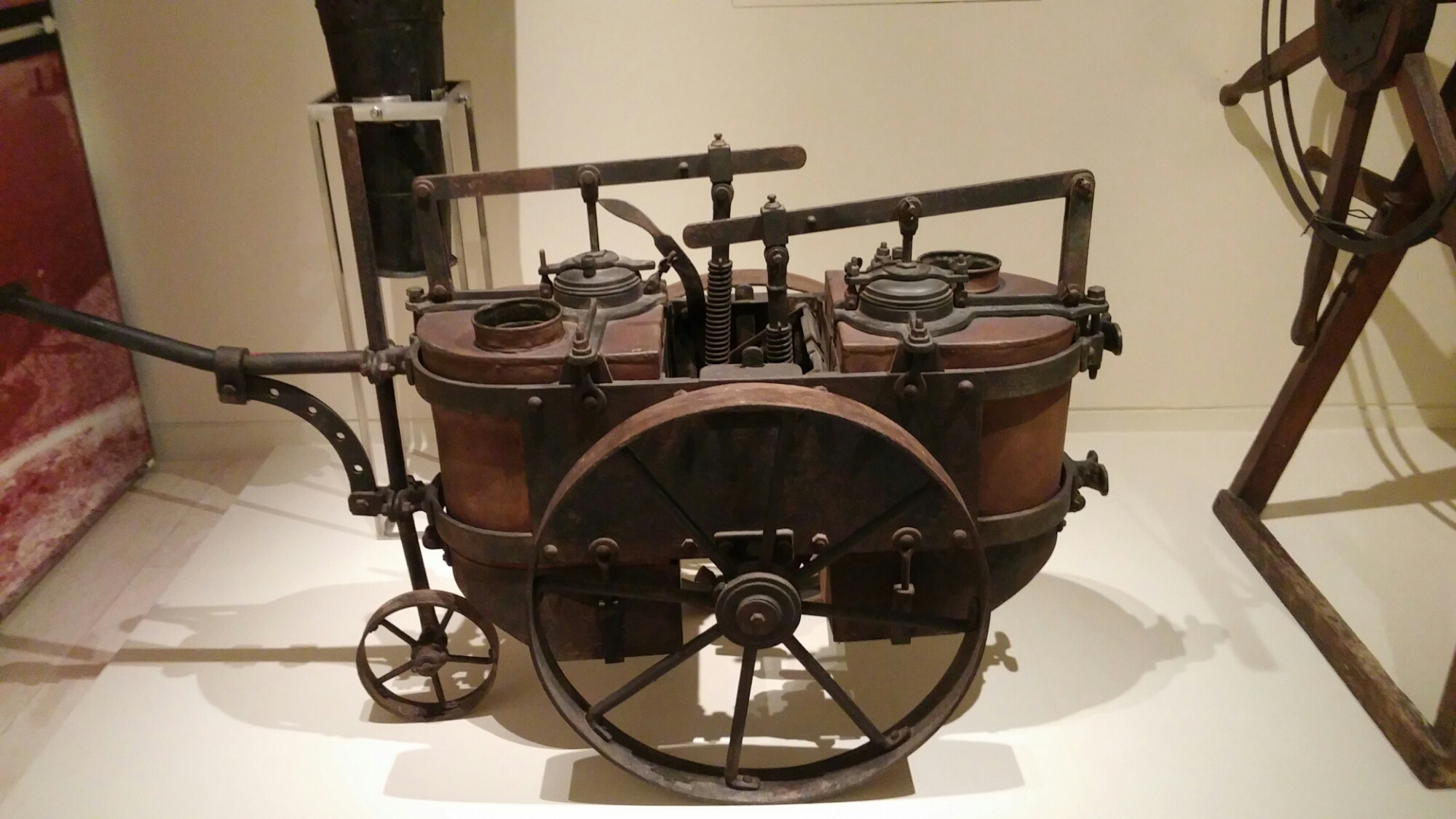
Now, on to wine tasting. I tasted several wines there and this is where I complete my reference to innovation. I didn’t taste any Cava. Instead, I tasted:
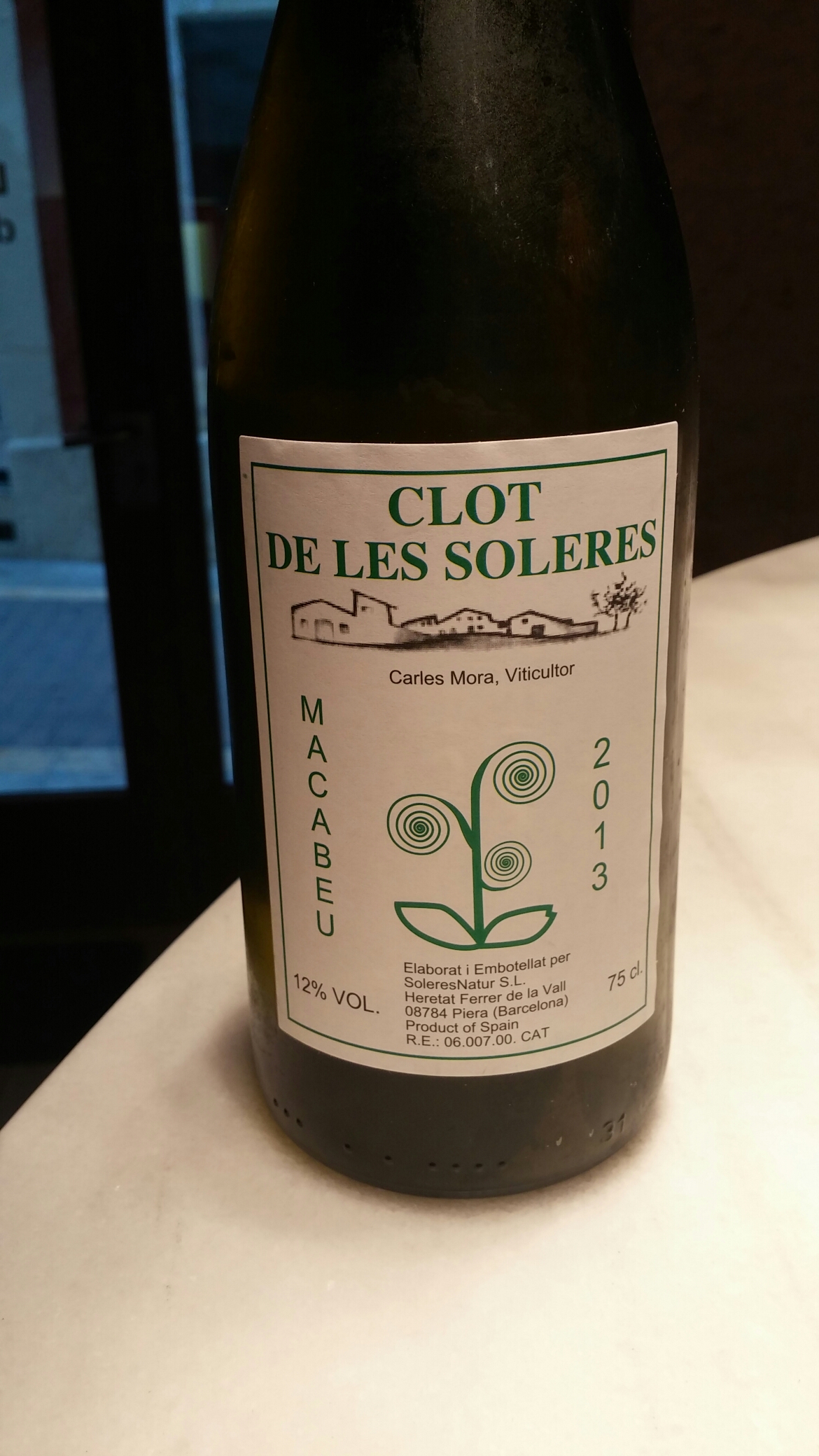
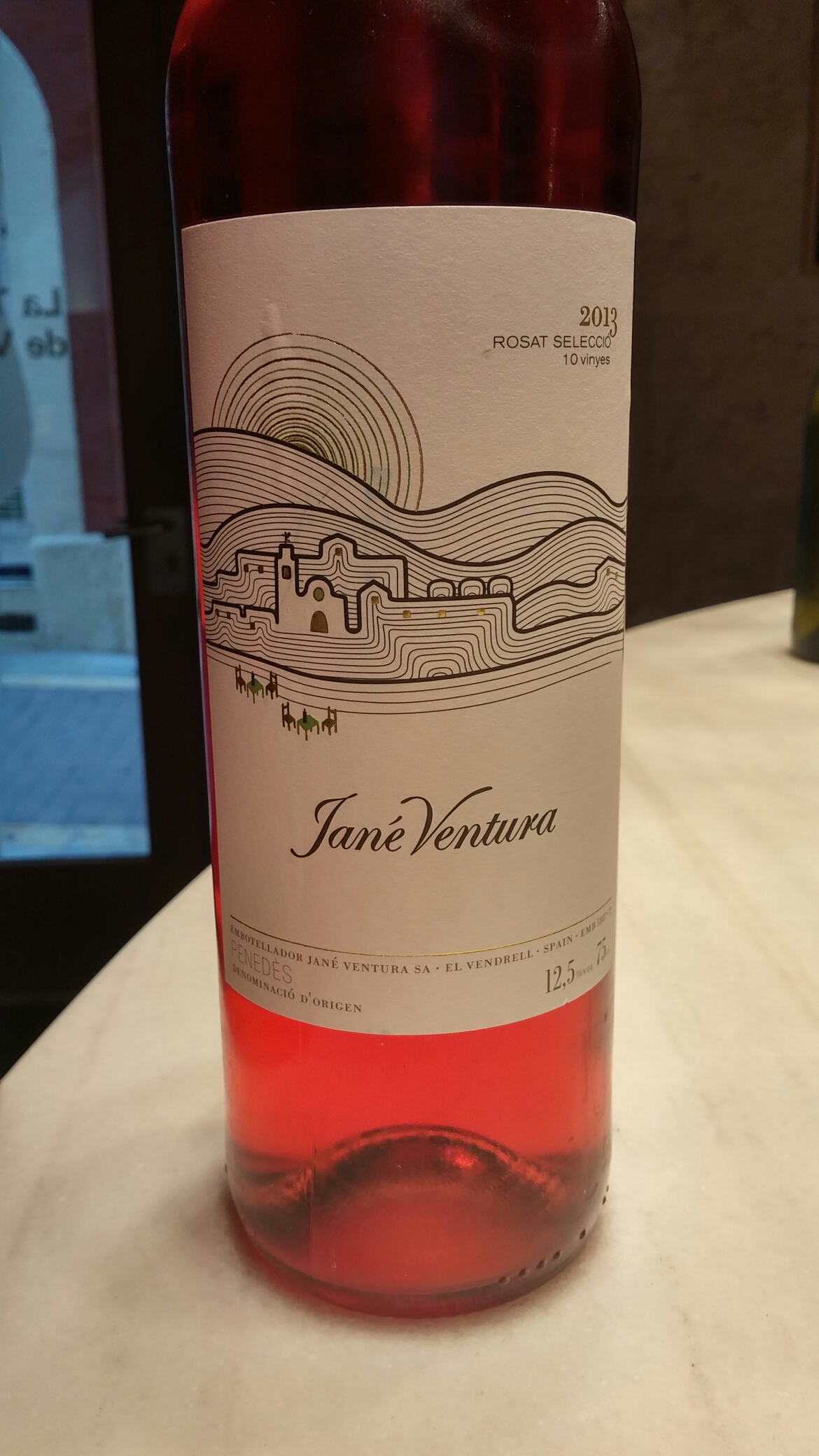
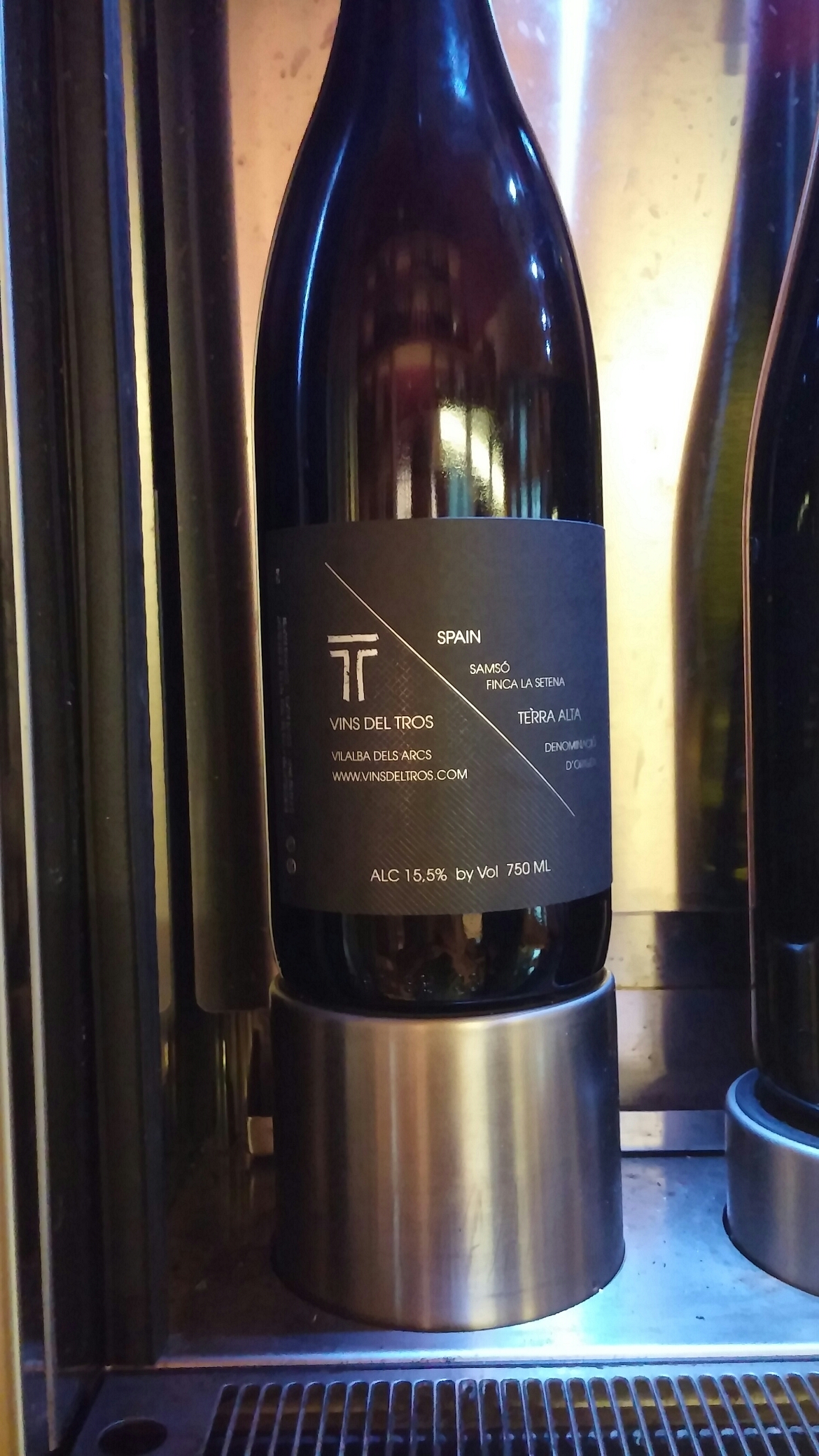
These wines were not only unique in varietal make up and style, but also in region as they did not all come from Penedès.
First, the 2013 Clot de les Soleres 100% Penedès Macabeu. Immediately, I got an understanding of where Cava gets a lot of its flavor. This wine smelled and tasted like Cava. The lack of filtration was very evident as it was a bit cloudy and actually had some visible particulates. However, the flavor was clean citrus, honeydew, a bit spritzy, and having some yeasty notes from lees contact.
The 2013 Jané Ventura Rosat Sellecio 10 Vinyes from the north eastern edge of Penedès near Barcelona was a bit beguiling. The nice strawberry, watermelon fruit was overwhelmed by the herbal thyme and strong rose petal which made the finish a little raspy. However, one couldn’t over look the complexity offered by the eclectic mix of varietals.
The best of the wines I tasted at the Vinseum was the 2011 Vins del Tros Tremenda. Cariñena is a favored grape in Catalonia and is used a lot in Priorat. This wine came out of a little-known DO called Terra Alta which lies just south of Priorat. The warmth of this region was reflected in its 15.5% alcohol. However, this was somewhat balanced by its mouth watering acidity and firm tannins. The fruit of tart currants was countered by strong tobacco and licorice. This wine is a yin-yang of extremes held in tenuous balance that both excites the palette…and makes it a little nervous.
